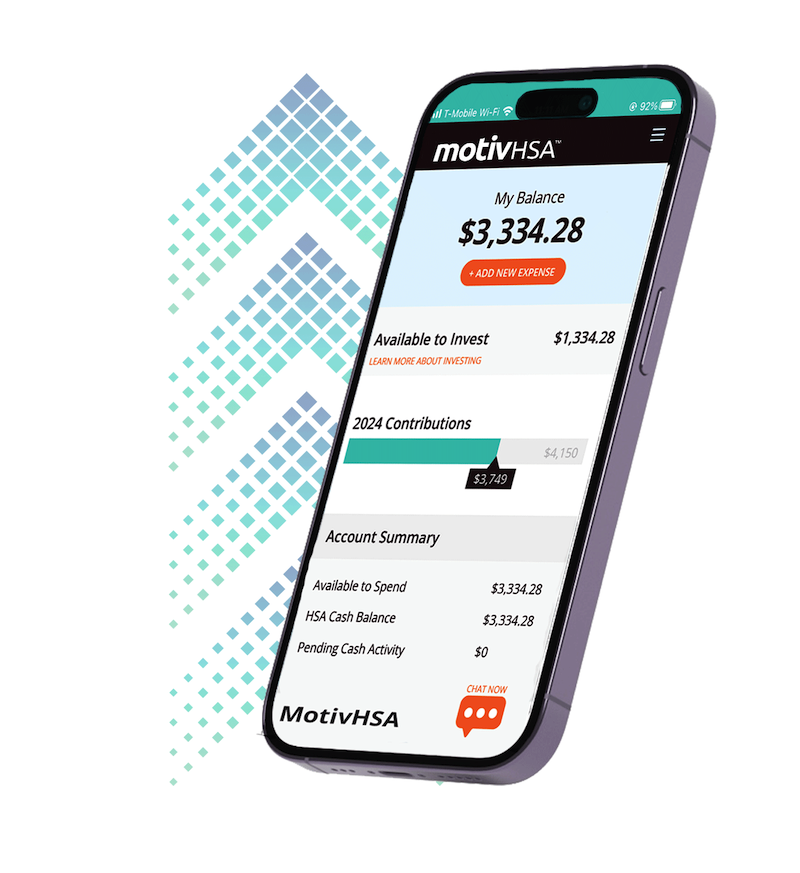The effect social media is having on the adolescent brain
Written by Sadie Wirthlin
Social media has taken over, and we are living in a screen-to-screen reality. Whether it’s Facebook, Instagram, Snapchat or Twitter, over 1 billion people are using some form of social media every day, and a new study reveals the effect it can have on the brain.
A research group at UCLA Brain Mapping Center took 32 teenagers and watched brain activity while they used a social media app resembling Instagram. When one of the participants got a “like,” different regions of the brain would activate, especially the reward center, due to a belief that their peers were acknowledging their photos; a similar brain response happens when we see a picture of someone we love or win money, said lead author Lauren Sherman.
Sherman also stated that society is learning to read “likes” and “shares” instead of facial expressions. In a face-to-face conversation, we can read how our message is being conveyed through body language, gestures and facial expressions. This process is similar for online conversations as messages are conveyed depending on the amount of “likes” and retweets.
According to Dr. Iroise Dumontheil of Birkbeck University, social media also is changing the plasticity of the brain. “Whenever you learn something new or you experience something, it’s encoded in your brain,” thus making the brain change and grow as we spend time on social media. Some might ask if this growth is a good or a bad thing. Dumontheil says neither. “It’s just a way we have of adapting to our environment.” Teenagers today might not be as good at reading facial expressions, but they certainly are more tuned-in on what’s going on in the social media culture.
Source: Teens: this is how social media affects your brain. Susie East. July 12, 2016. www.cnn.com.




No Comment